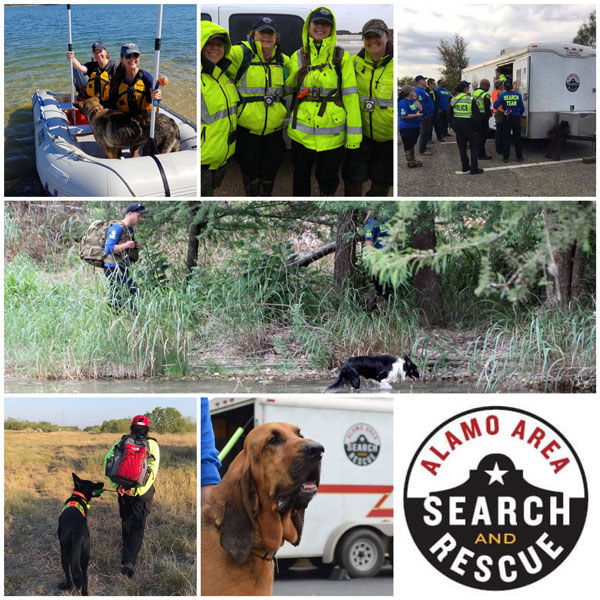Dog Demonstrations
APCO International’s Annual Conference and Expo is the premier event for public safety communications officials, and we cannot leave out our four-legged partners on the frontlines!
Be sure to stop by the Dog Demo area (booth #218) to see some of the finest canine “officers.”
| Monday, August 16 | |
| 10:45 a.m. | Emergency Services Facility Dogs |
| 12:30 p.m. | Alamo Area Search and Rescue |
| 2:00 p.m. | San Marcos Police Department K-9 Unit |
| Tuesday, August 17 | |
| 10:45 a.m. | Emergency Services Facility Dogs |
| 2:00 p.m. | Alamo Area Search and Rescue |
 Just like there are a myriad of jobs in the public safety industry, our canine partners have different jobs too. Texas-based Service Dogs, Inc will bring four of their emergency services facility dogs to interact with attendees and present how they support first responder mental health during CISDs and in the field. These dogs work with law enforcement, firefighters, paramedics, hospital staff and telecommunicators. Heavy petting will be allowed!
Just like there are a myriad of jobs in the public safety industry, our canine partners have different jobs too. Texas-based Service Dogs, Inc will bring four of their emergency services facility dogs to interact with attendees and present how they support first responder mental health during CISDs and in the field. These dogs work with law enforcement, firefighters, paramedics, hospital staff and telecommunicators. Heavy petting will be allowed!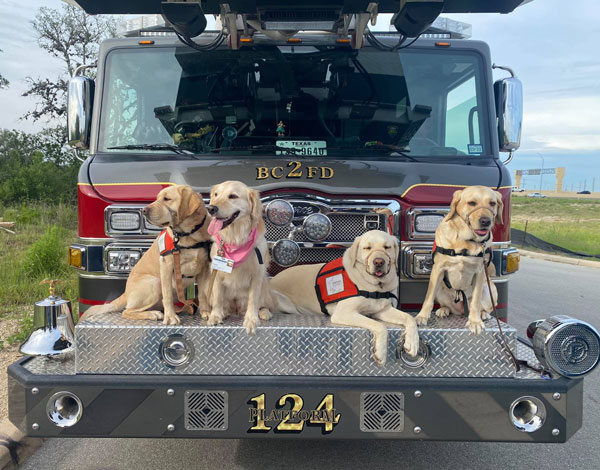
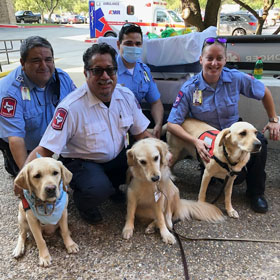
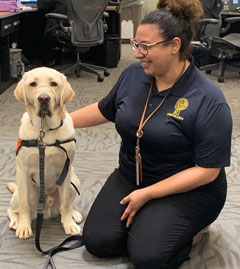
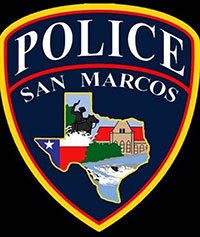 San Marcos Police Department K9 Unit
San Marcos Police Department K9 UnitCPL John Reeder with the San Marcos Police Department K9 Unit and his canine counterpart “Max” will demonstrate a variety of tasks Max may be called upon to do, primarily during in-progress incidents, such as:
- Bite work
- Narcotics detection
- Criminal apprehension
- Building searches
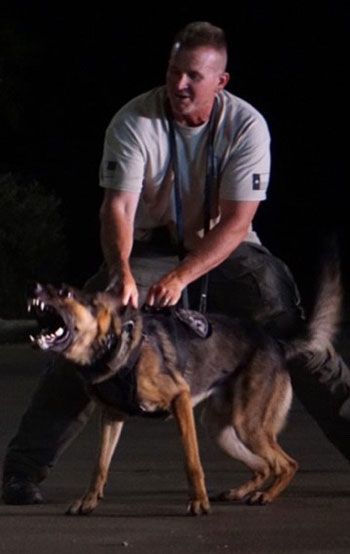 The San Marcos Police Department K-9 Division has been active in this department since 1989 and handles a wide variety of tasks in protecting the citizens of San Marcos. Currently, this division is comprised of 2 specially trained officers and their K-9 companions. Each K-9 is assigned to an officer and lives with that officer and his or her family.
The San Marcos Police Department K-9 Division has been active in this department since 1989 and handles a wide variety of tasks in protecting the citizens of San Marcos. Currently, this division is comprised of 2 specially trained officers and their K-9 companions. Each K-9 is assigned to an officer and lives with that officer and his or her family.
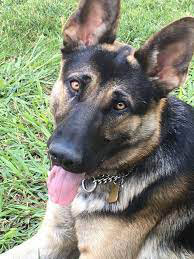
The San Marcos Police Department primarily uses Belgian Malinois and German acquired through vendors or breeders who specialize in importing working Police Service Dogs, usually from Western Europe. The dogs will typically join the Police Department when they are about 18 to 24 months old. Each K-9 will complete about 400 hours of training in Narcotics Detection and/or 600 hours in Patrol Service work with its handler to be certified as a law enforcement canine.
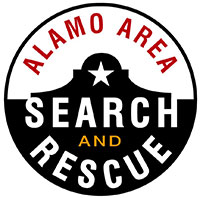
Alamo Area Search and Rescue (AASAR) is an all-volunteer search and rescue team based in the San Antonio, Texas area. Our volunteers provide search and rescue resources to public safety agencies in Texas free of charge. Our team currently consists of Wilderness Search Specialists and Search and Rescue Canines. Since June 2008, Alamo Area Search and Rescue has responded to over 250 search missions in 18 counties in Texas. We have provided a variety of resources to over 30 different public safety agencies. Many members have also trained as a K9 handler; they incur the extensive time and financial commitments of not only ground support personnel but detection training with their canine. K9 handlers are certified nationally with International Police Work Dog Association and other nationally recognized agencies.AASAR dogs have been trained in several areas:
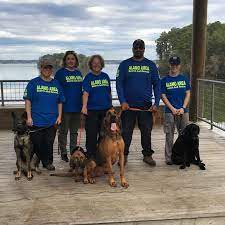
- Trailing Canines – Trailing K9s are used to find a specific person using a scent article (clothes, vehicle seat, etc.) from the last known location to determine the direction of travel as well as locate the person.
- Air Scent Canines (Wilderness Area Search Dogs) – Area Search K9s are not person specific (unlike trailing K9s) and are used to find any person in a certain area, most commonly in the wilderness. They work off-leash in difficult terrains, heavy brush, and can work day or night.
- Human Remains Detection Canines (HR Canines) – If a search transitions from a rescue to a recovery effort, Human Remains Detection (HR) K9s are deployed. These canines are trained to locate the odor of human decomposition. They can locate human remains that have been buried, scattered, and even trace amounts of blood.
- Water Recovery Canines – These additional skills and training help teams locate victims of drownings and floods. These canines are trained to work from a boat, kayak, or from the shoreline. This can greatly reduce the dive team’s underwater search time and efficiently work large bodies of water.
